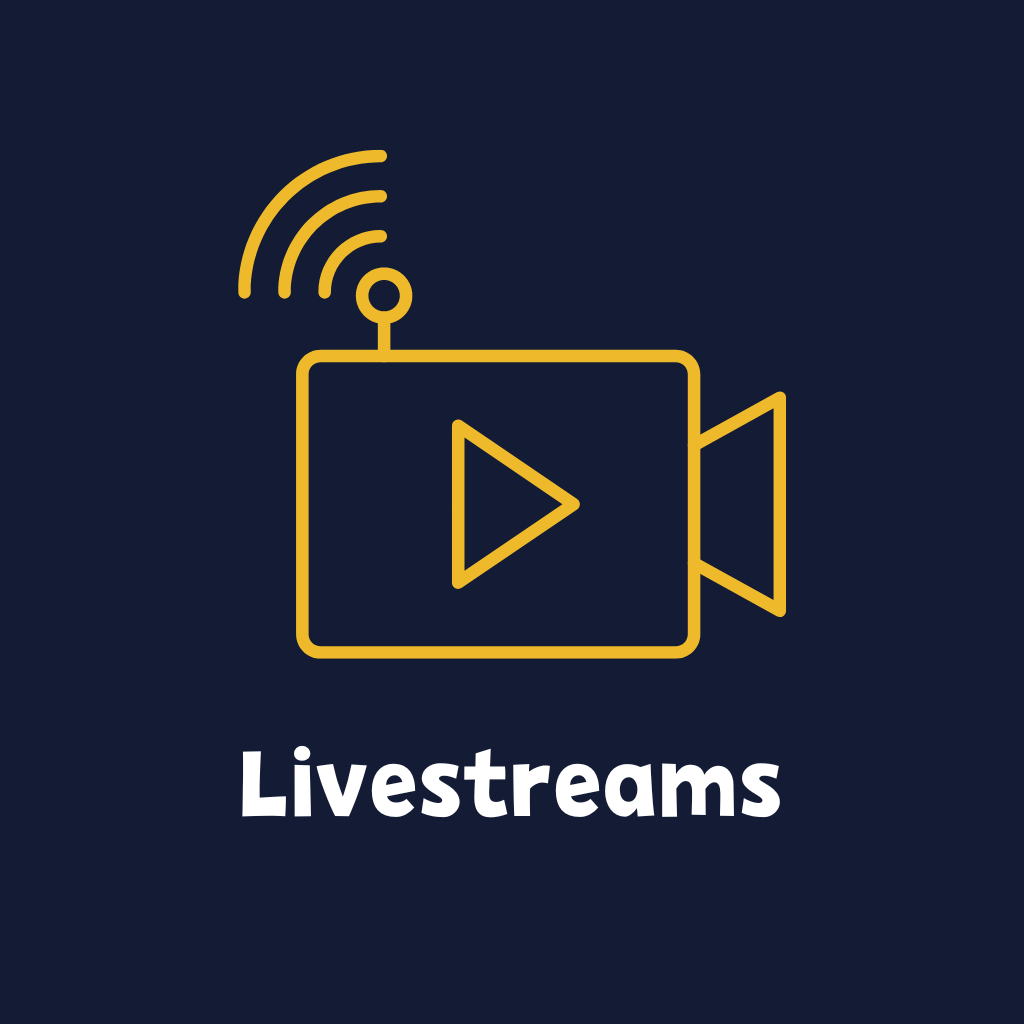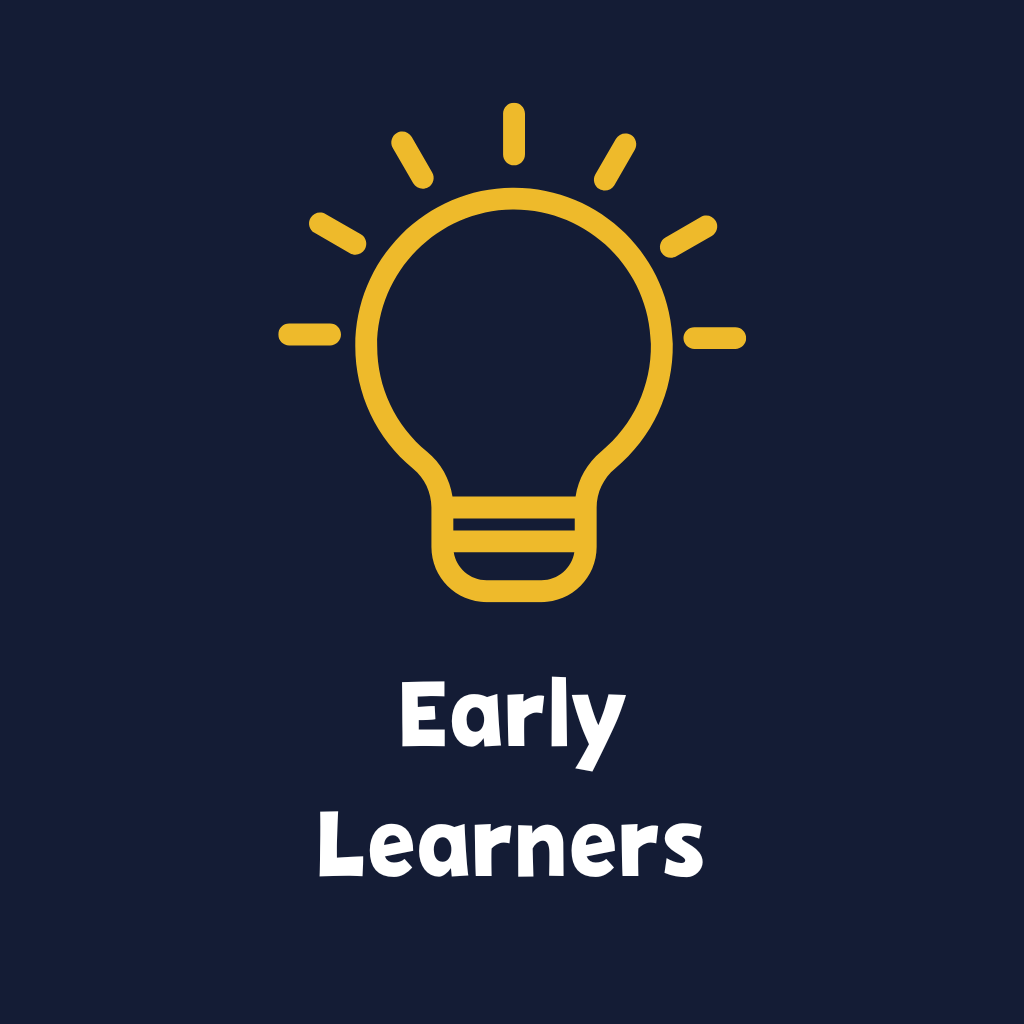Eclipse Learning Resources
Eclipse Resources
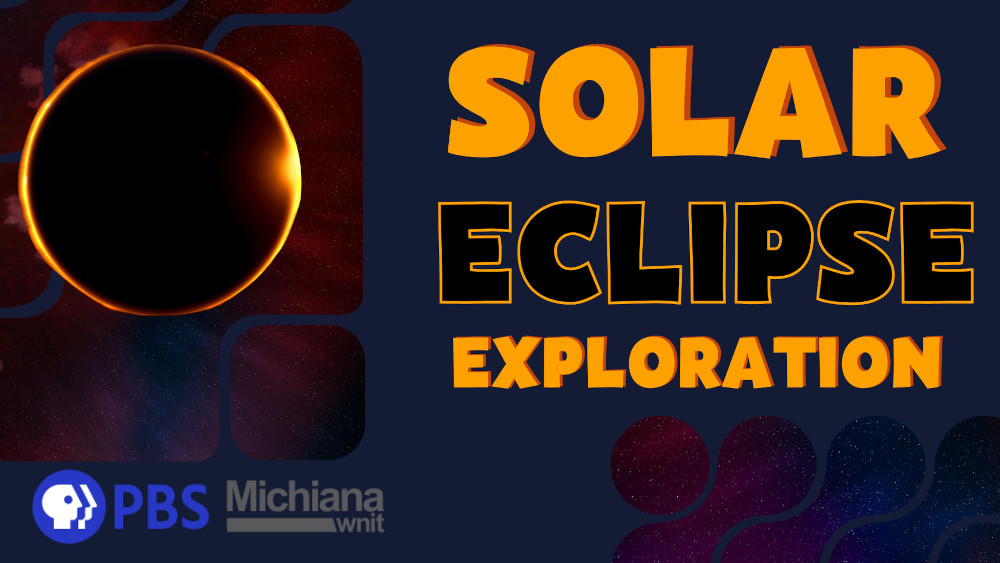
Curriculum
-
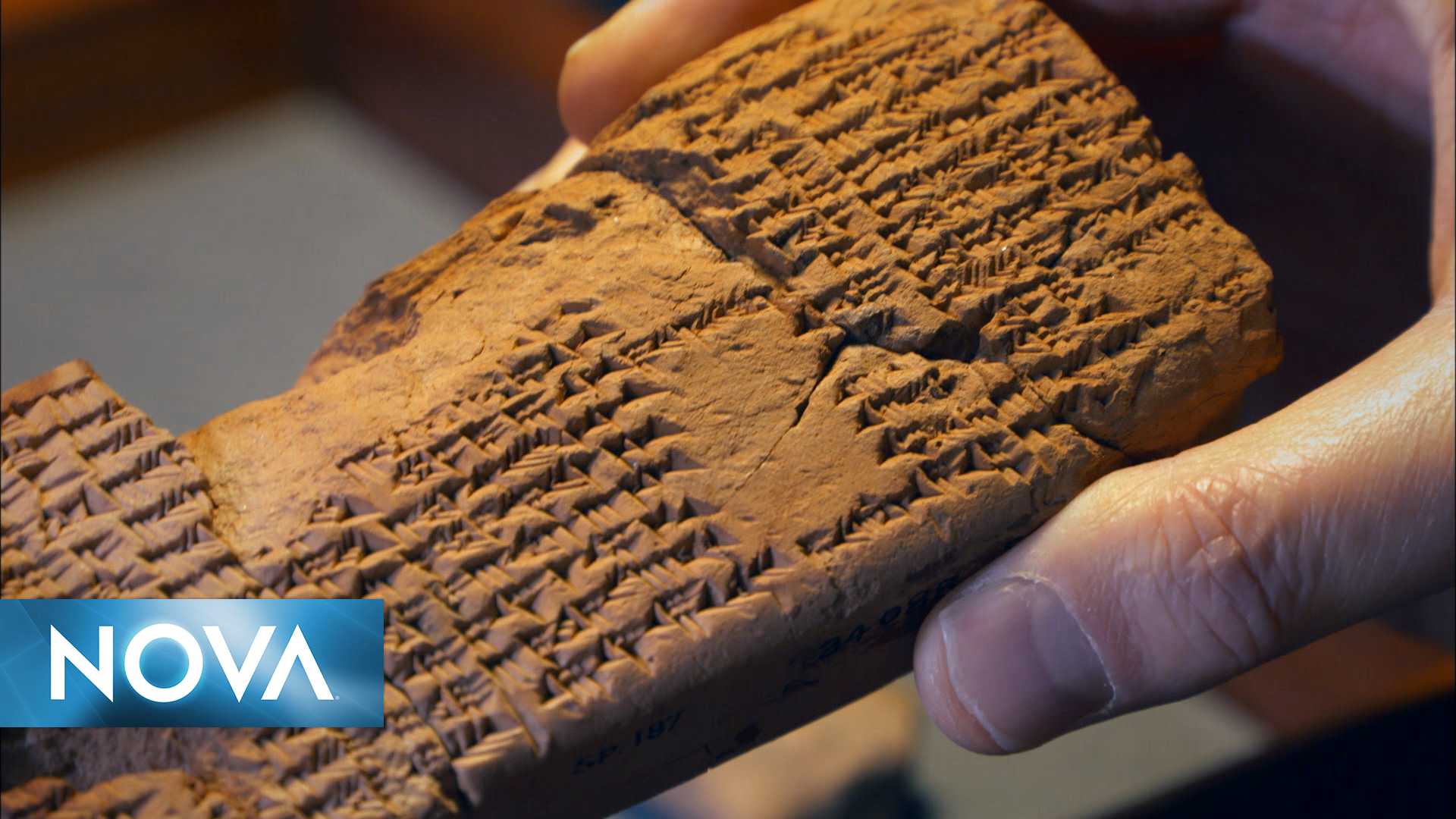
Learn about the evolution of eclipse predictions—from ancient Babylonians using a pattern of observations to Edmond Halley, who used mathematics—in this pair of videos from NOVA: Eclipse Over America. Use this resource to stimulate curiosity about the motions of the Sun, the Moon, and Earth and to provide opportunities for students to develop and use models of eclipses.
-
Solar Eclipses | PBS LearningMedia
Grades 3-5, 6-8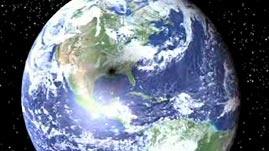
Every now and then, the Sun, Earth, and Moon align so that, when viewed from the Earth, the Moon eclipses the Sun's light. Solar eclipses are fairly common -- the Moon will block out some portion of the Sun at least twice a year. However, a total solar eclipse happens far less frequently. In this video segment adapted from NASA, learn how solar eclipses happen and why they are uncommon to witness. This video is available in both English and Spanish audio, along with corresponding closed captions.
-
Solar Eclipses Explained | PBS LearningMedia
Grades 6-8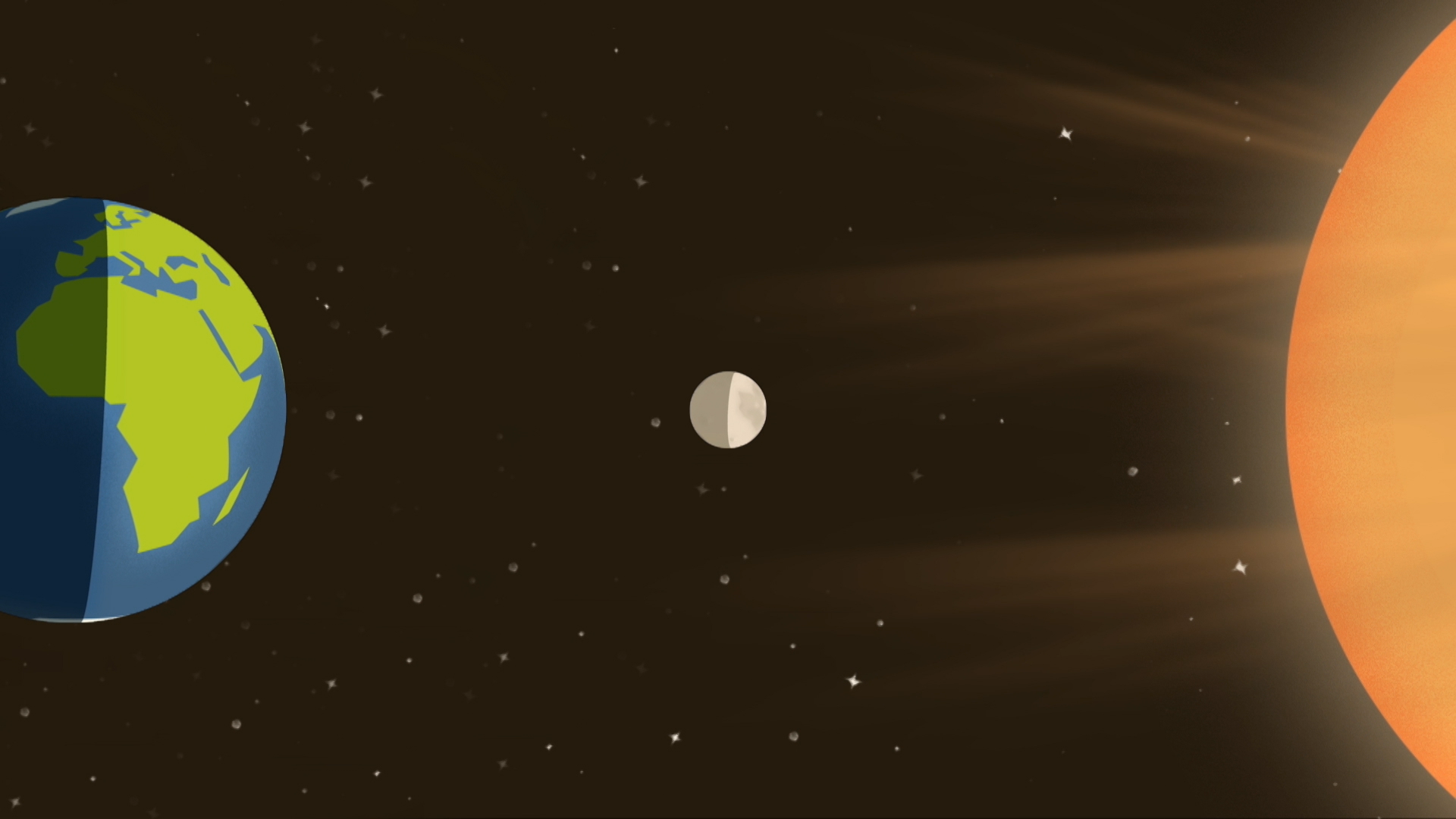
Learn about the mechanics of solar and lunar eclipses with these videos and visualizations. Use this resource to view and engage with different ways of seeing how the alignments of the Moon, the Sun, and Earth result in eclipses and to provide opportunities for students to develop and use models or make evidence-based claims about eclipses.
-
Solar Eclipse | Things Explained | PBS LearningMedia
Grades 3-5, 6-8
On August 21, 2017, a total solar eclipse will cut across the United States with part of its path passing over the northeast corner of Georgia. In this episode of Things Explained, learn what causes a solar eclipse, how to safely observe it, and what makes this year's event so special.
-
Total Solar Eclipse Animation | PBS LearningMedia
Grades 3-5, 6-8, 9-12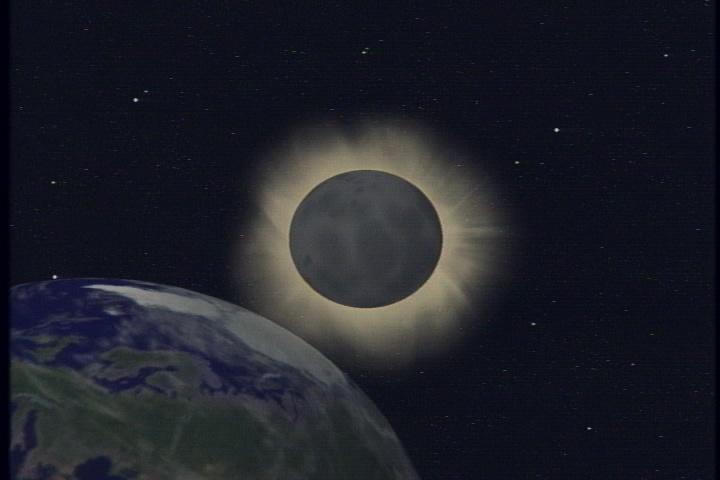
Solar eclipses result from the alignment of the Sun, Moon, and Earth. Total solar eclipses — in which the Sun is completely blocked by the Moon — are a spectacular and rare sight to witness. In this animation adapted from NOVA, see why solar eclipses occur and observe a simulated total eclipse. This video is available in both English and Spanish audio, along with corresponding closed captions.
-
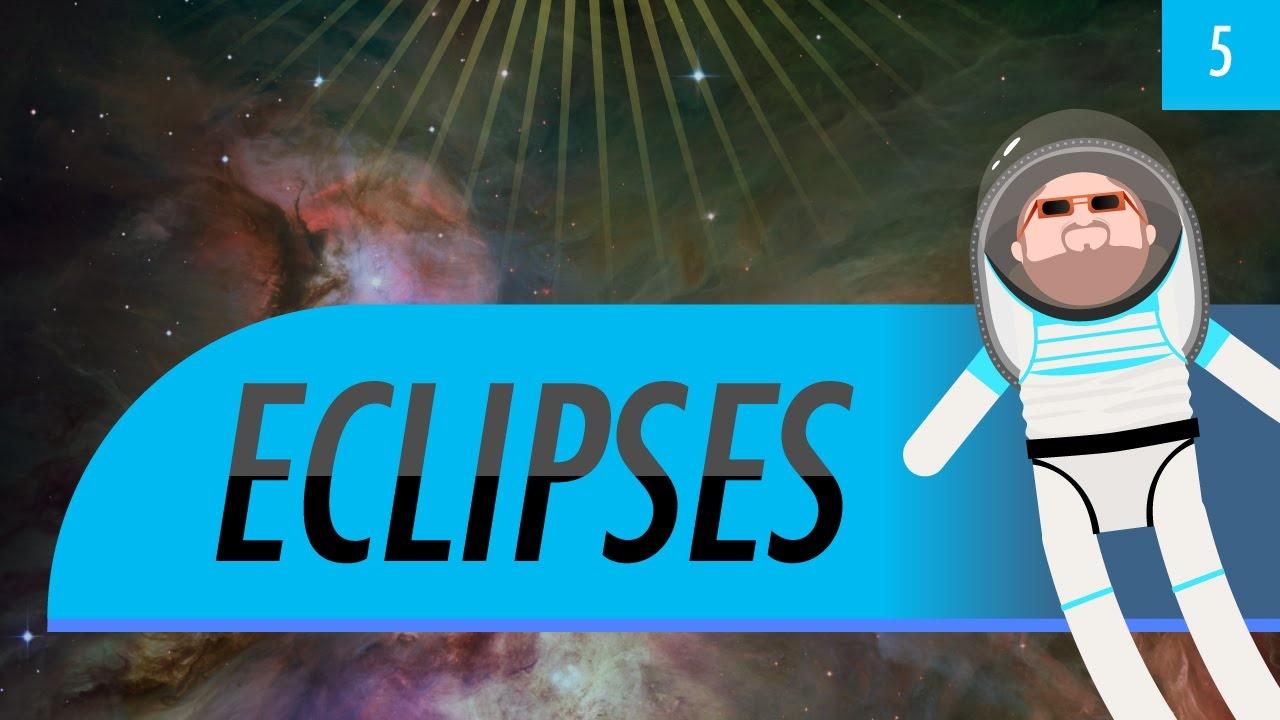
In this episode, Phil breaks down what happens during a solar and lunar eclipse and provides tips for safely viewing a solar eclipse. Learn how the Ancient Greeks calculated a close estimation of the earth and moon's actual size two thousand years before the invention of the telescope.
-
The Great American Eclipse | PBS Space Time | PBS LearningMedia
Grades 6-8, 9-12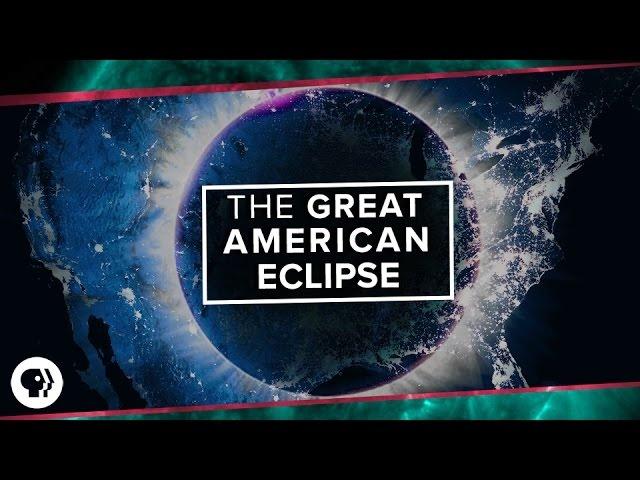
The first total solar eclipse in over 40 years is about to hit the United States on August 21, 2017.
-

Astronomer Jay Reynolds explains what a solar eclipse is and how to watch them in a safe way - and no you don't have to have those funky glasses to get a good glimpse!
-
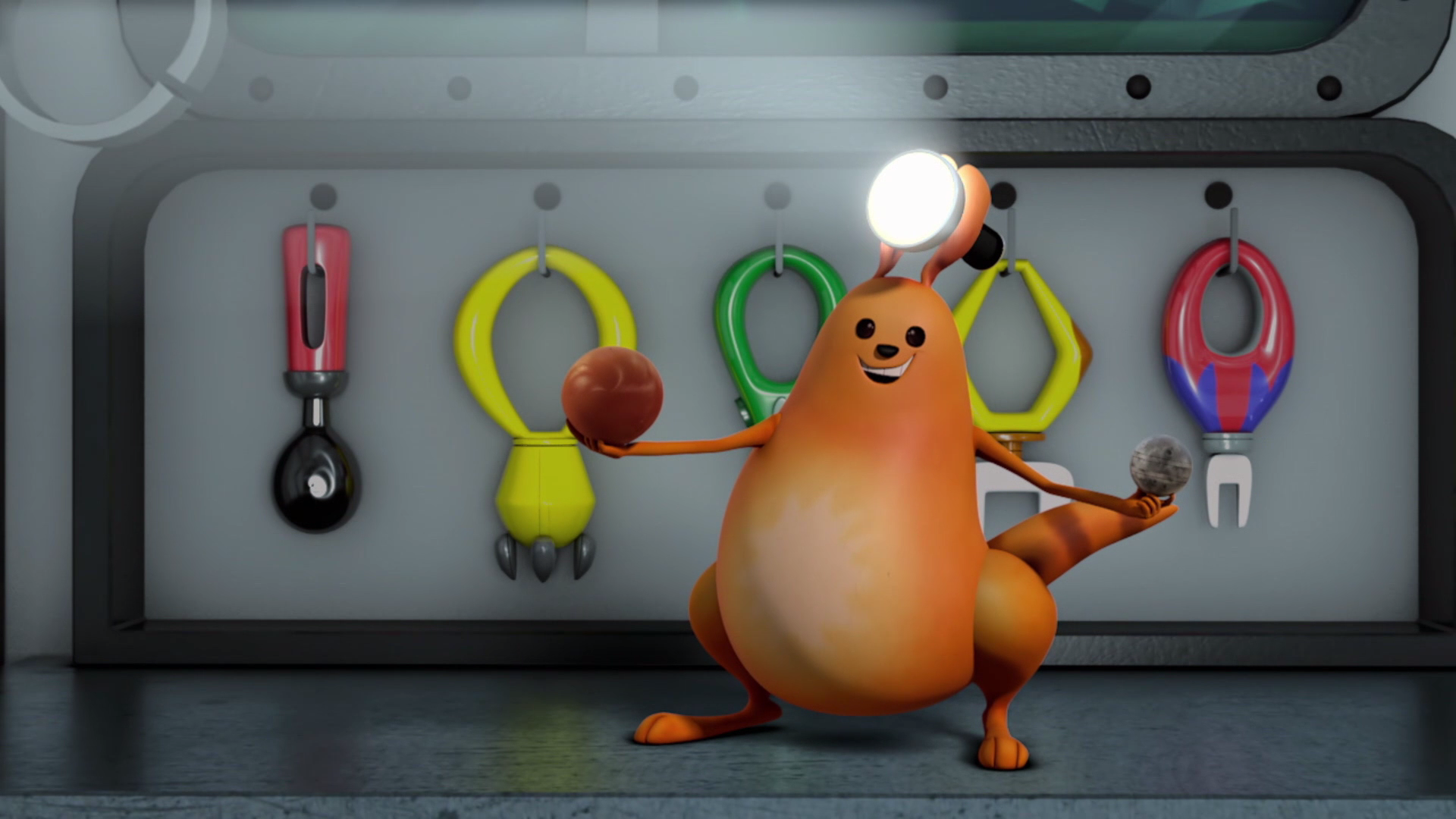
The power of the sun! In this clip from Ready Jet Go!, Sunspot helps Jet and his friends learn about the solar eclipse. A solar eclipse is when the sun's light becomes blocked by the moon.
-
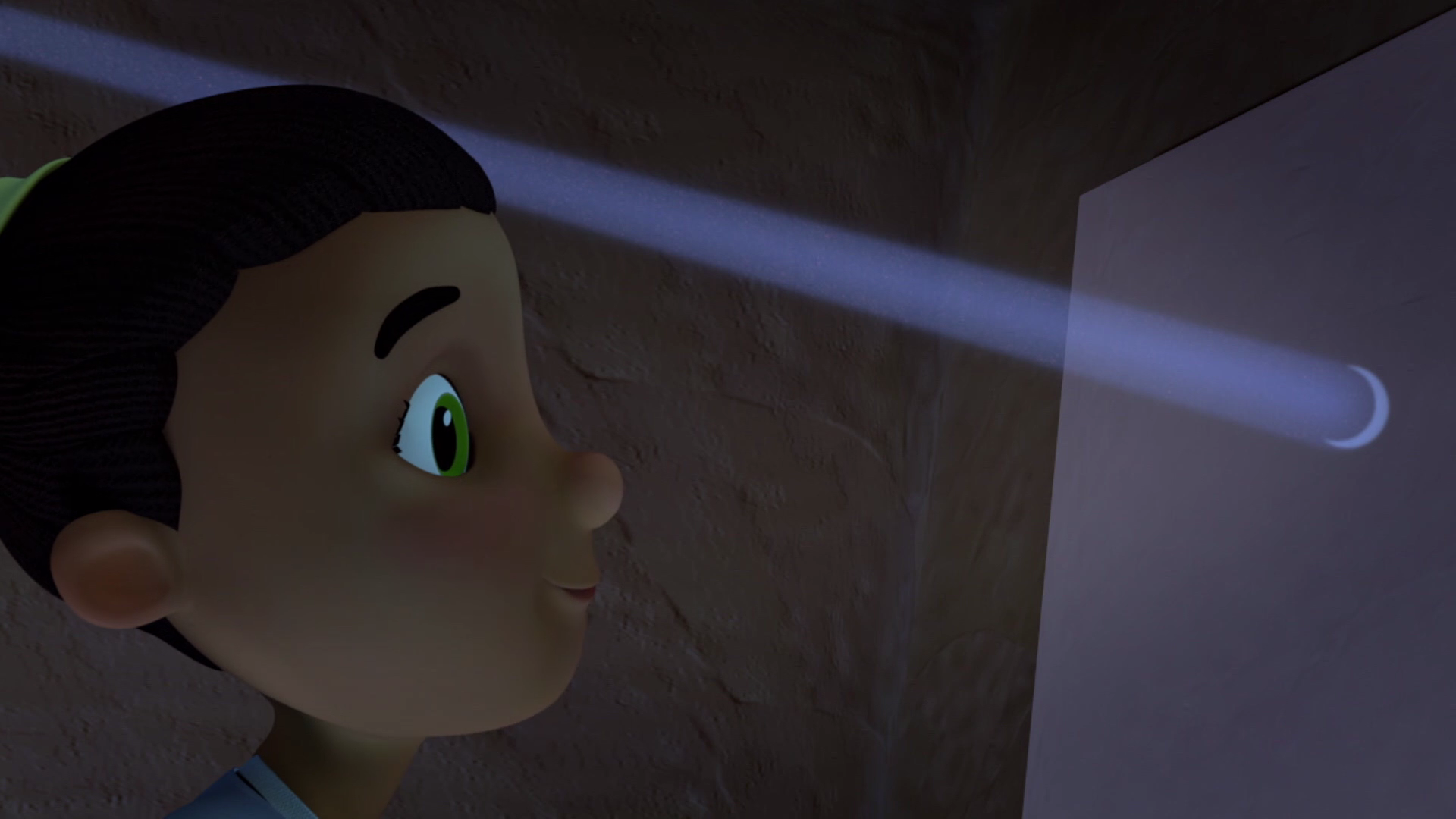
Activate the eclipse viewer! In this clip from Ready Jet Go!, Sydney and Sean demonstrate to Mindy how to safely view the solar eclipse by making a pinhole box viewer. Meanwhile, Jet and Sunspot fly high into the sky to get a different perspective on the eclipse!
-
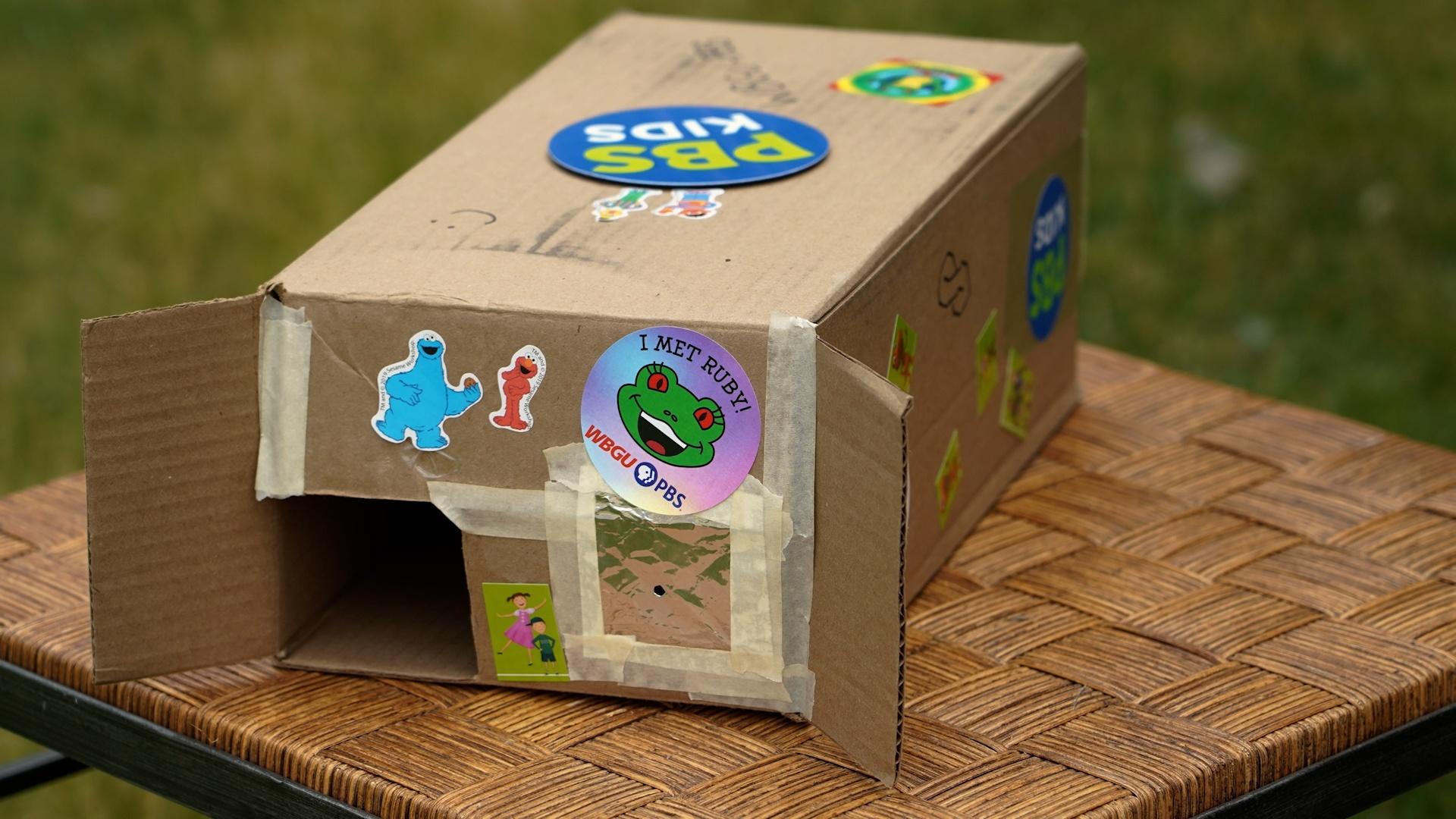
Astronomer/ Professor Dr. Kate Dellenbusch explains different ways to safely view a solar eclipse, the science behind why these methods work, and how to create a pinhole viewer.




